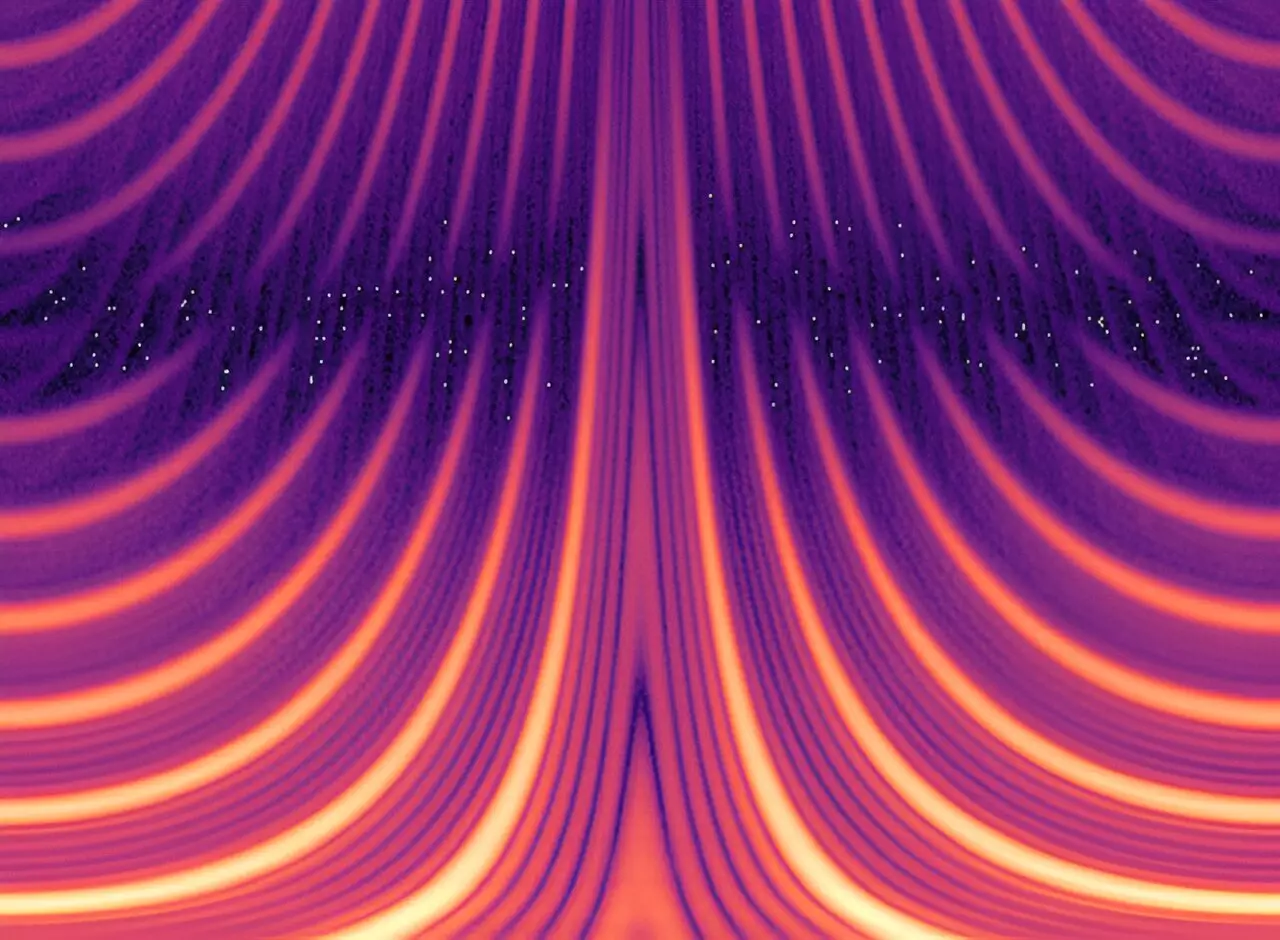The world of quantum technology is rapidly evolving, pushing the boundaries of what is conceivable in the realm of information storage and communication. Within this dynamic field, a groundbreaking study implements an innovative approach to store and release X-ray pulses at the single-photon level, representing a significant stride for the use of light in quantum networking and computing. This remarkable achievement, spearheaded by a collaborative team of international researchers with Dr. Olga Kocharovskaya from Texas A&M University, heralds a new era in quantum applications, particularly in the use of X-ray quantum technologies.
Quantum memory serves as a critical component of quantum networks, enabling the storage and retrieval of quantum information with high fidelity. In simple terms, quantum memory allows researchers to temporarily hold onto quantum information until it is required for further processing. As Dr. Kocharovskaya points out, while photons are efficient carriers of quantum information, their fleeting nature poses a challenge. The difficulty lies in immobilizing these photons long enough to retain the information they carry until needed. Thus, the research team set out to find a solution by imprinting the data into a quasi-stationary medium, using the concepts of polarization or spin waves with long coherence times.
The distinction between classical photons and their quantum counterparts becomes increasingly apparent in this context. Classical communication has primarily relied on electronic signals, which are significantly more straightforward to process. The challenges presented by light require innovative methodologies, particularly at higher frequencies like X-rays, where the technology is still maturing. This research bridges the gap between established optical methods and proposed future applications involving high-energy X-ray systems.
The distinctive approach employed in this research relies on using nuclear rather than atomic ensembles to achieve significantly longer memory retention times. Dr. Kocharovskaya highlights that nuclear transitions are less sensitive to external perturbations. This advantage stems from the compact size of atomic nuclei, allowing for improved coherence times even in solid-state environments, notably at room temperature. By pushing the boundaries of what was traditionally possible, the researchers have set a new precedent for long-lived, solid-state quantum memory.
Moreover, the experiment incorporated an inventive mechanism wherein moving nuclear absorbers generated a frequency comb in the absorption spectrum. This process was facilitated by the Doppler frequency shift due to the motion, allowing short pulses matching the comb spectrum to be absorbed and subsequently re-emitted with a delay. This complexity illustrates the fine balance between theoretical constructs and practical applications, pushing researchers like Dr. Xiwen Zhang and his team to explore novel protocols for manipulating quantum information.
While the current study utilized iron-57 isotopes, the researchers anticipate the exploration of other, longer-lived isomers to extend memory retention capabilities further. The focus on single-photon interactions without information loss is also noteworthy, emphasizing the groundbreaking nature of the nuclear frequency comb protocol at X-ray energies. A highlight of this research is its potential implications for quantum entanglement, where on-demand release of stored photon wave packets might set a foundation for advanced quantum information processing.
Additionally, extending optical quantum technologies into the short wavelength range could bring beneficial effects, including reduced noise in quantum signals. Such advancements are crucial for maintaining signal integrity in quantum networks, where reliability is paramount. The relatively low noise levels achieved through averaging fluctuations over high-frequency oscillations make X-rays an appealing choice for scaling up quantum communication networks.
As the research concluded, Dr. Kocharovskaya and her colleagues expressed their enthusiasm for continuing to explore their findings. The team envisions a versatile platform that advances the field of quantum optics at X-ray energy levels, including the development of more robust memory systems for quantum applications. Their groundbreaking work has not only laid the groundwork for future investigations but also opened numerous doors for potential applications that could revolutionize how we think about light as a carrier of quantum information.
In retrospect, this research exemplifies the essence of scientific inquiry where collaboration, creativity, and persistence converge to unlock new frontiers. As quantum memory systems become more sophisticated, the steps taken by this international team could very well be instrumental in shaping the future of quantum communication technologies and beyond.


Leave a Reply